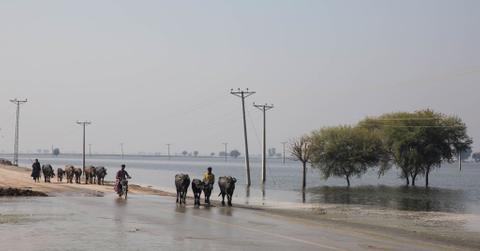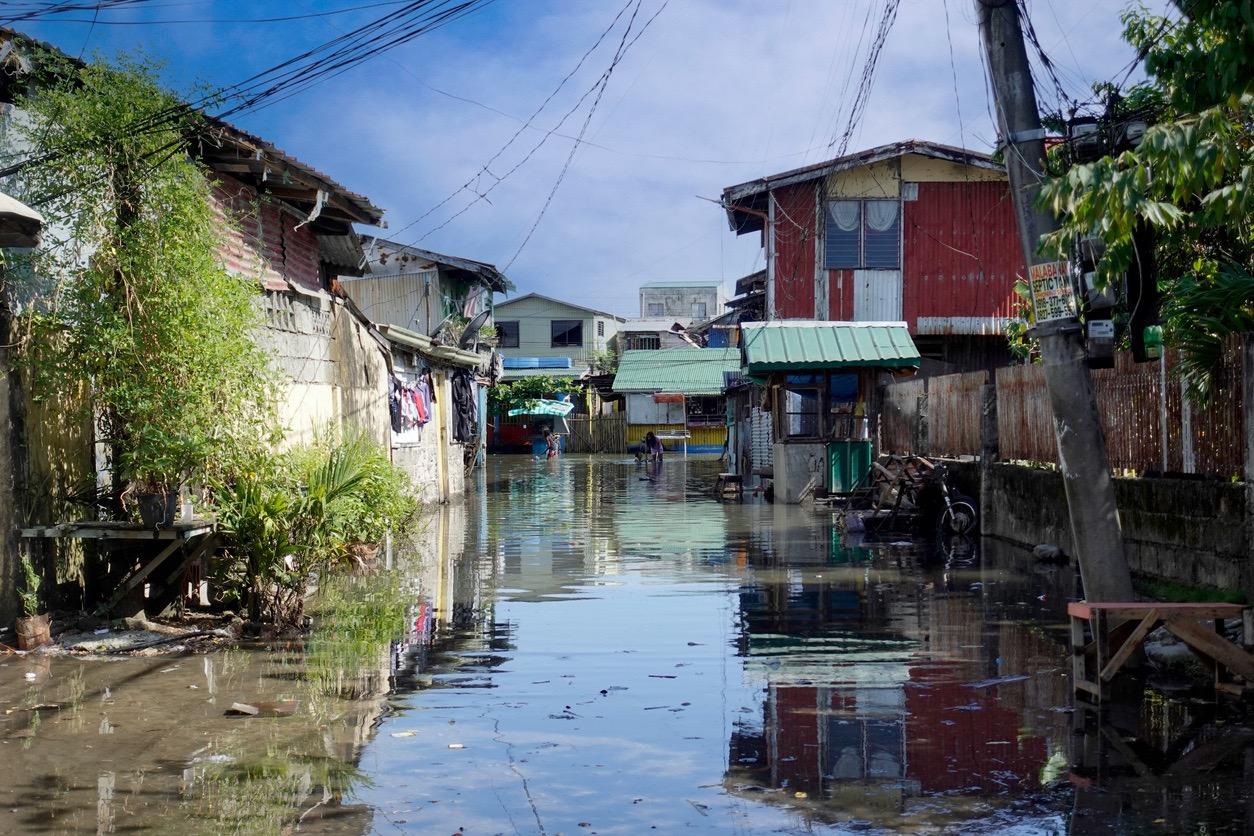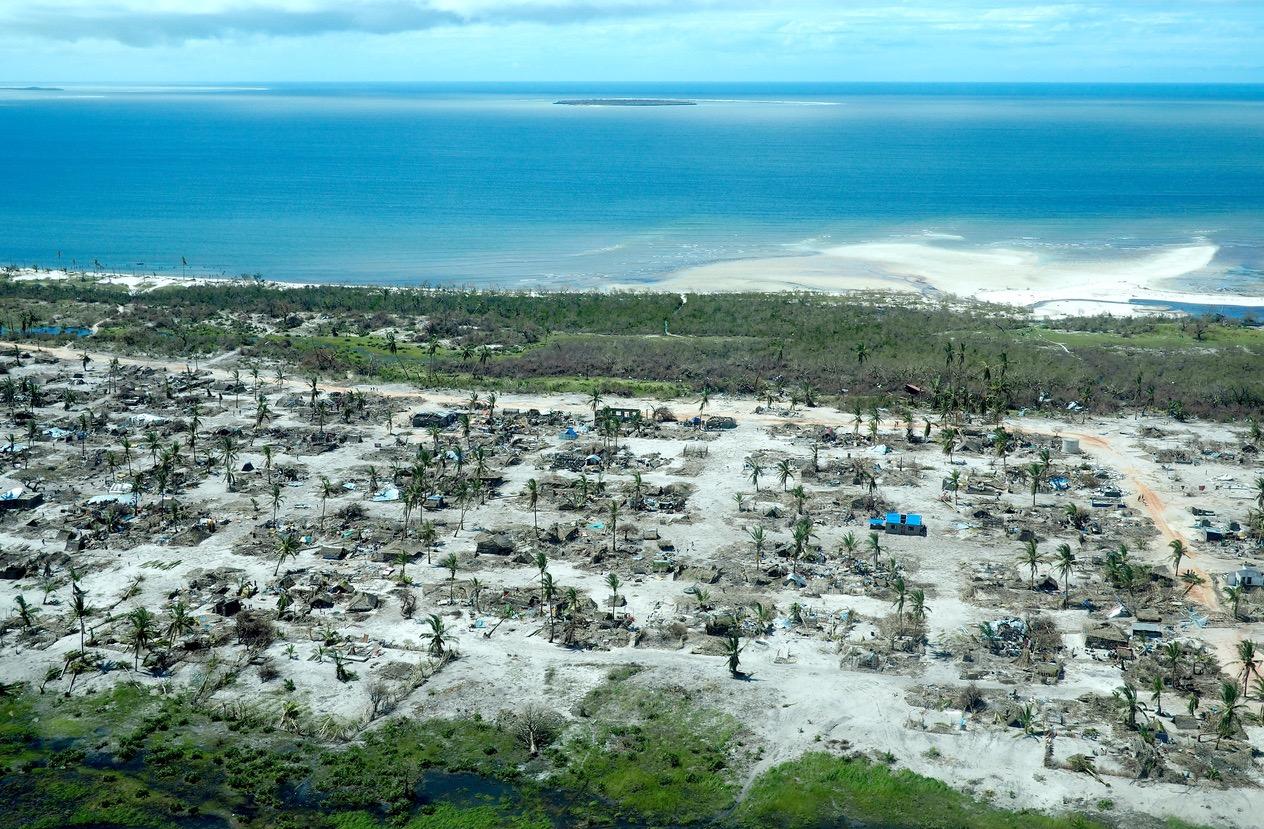Where Is Climate Change Happening? Here’s Where We See the Most Devastating Effects
Published Jan. 26 2023, 12:54 p.m. ET

If you know about the effects of the climate crisis, then you’ve probably noticed some changes in your area — possibly hotter weather, less precipitation, or a shorter winter season. But not everyone notices these differences, especially if it doesn’t impact their day-to-day life.
Even though climate change is happening everywhere, some areas around the world are already experiencing severe effects. At the end of the day, every region will deal with its own specific issues, but not a single place is exempt from the consequences of climate change.
The Philippines

The 2022 World Risk Index ranked the Philippines number one in terms of climate disaster vulnerability. And as a result of climate change, the country is expected to face even more hardships.
The climate crisis causes more frequent and intense weather events — something that can be seen around the globe. Changing rainfall patterns and distribution, along with sea level rise, has greatly effected the Philippines, according to the National Integrated Climate Change Database Information and Exchange System (NICCDIES). Typhoons are relatively common in the country and these two factors are only making them worse.
This month has been no exception for the islands. CNBC reported that there’s been flooding, heavy rain, and landslides since the beginning of the month — even though it’s supposed to be the dry season.
Flooding and landslides are becoming more common in the area due to the increasing intensity of storms. CNBC described the extent of the impacts of the crisis: “Torrential rains have occurred nearly every day this month and have destroyed homes, agriculture and infrastructure across the country.”
The National Disaster Risk Reduction and Management Council stated that at least 28 people have died and over 211,000 have been displaced.
Pakistan

Scientists have linked the Pakistan floods to climate change — a deadly event that caused extreme damage. And months later, the country still has a long road to recovery ahead of it.
The event was caused by intense monsoon rains, which are becoming more intense as time goes on. NPR reported that the provinces that were most affected by the floods experienced eight times more rain than normal. Scientists stated that during the heaviest monsoon rains, there’s now 75 percent more water falling.
According to the United Nations, 33 million people were impacted by the devastating event and an additional 9 million are being pushed into poverty because of it. Food insecurity and housing remain big issues — restoring livelihoods is the main focus.
The Resident Representative in Pakistan, Knut Ostby, warned other countries that it could happen anywhere, the UN reported.
Mozambique

In recent years, Mozambique has been hit with many intense cyclones and storms. According to The UN Refugee Agency, a string of storms in 2019 killed 650 people and displaced around 250,000. In 2022, tropical storms impacted 736,000 people.
Overall, Africa is extremely vulnerable to the negative effects of climate change — despite having barely contributed to the climate crisis.
Increasing temperatures, rising sea levels, and changes in precipitation is affecting food security, water resources, and causing population displacement, the UN explained. Having the ability to recognize climate risks and learning how to manage them and adapt is becoming more and more important.